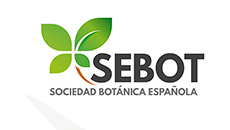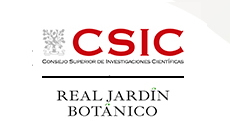Scientific Area
Abstract Detail
Nº613/984 - Maximizing the Phylogenetic Yield of Low-Coverage Shotgun Sequencing and Target-Enrichment in Plants Through New Bioinformatic Tools
Format: ORAL
Authors
Charles Pouchon1,2
Affiliations
1 Conservatory and Botanical Garden of Geneva, Chambèsy-Geneva, Switzerland
2 Department of Plant sciences, University of Geneva, Geneva, Switzerland
Abstract
Low-coverage shotgun sequencing is a fast and cost-effective method that has been widely used in plants to infer phylogenies mostly from organellar genomes. However, obtaining such data with common organelle assemblers, can be particularly challenging in some plant families with complex genomic structures and rearrangements. In addition, the shallow coverage of the nuclear genome associated with these libraries (3 x) prevents the use of nuclear sequences, leading recently to an increased use of target-enrichment methods in phylogenomic studies. In this context, we developed ORTHOSKIM a universal and versatile bioinformatic pipeline that allows targeting both organelle and nuclear data in shotgun libraries (enriched or not), with reference sequences and specific modes accounting for paralogous issues as those expected with organelle gene transfers. Nuclear references are however not always available in non-model organisms, and organelle sequences only represent around 10% of the shotgun libraries when not enriched. This results in a tremendous waste of sequencing data. To make use of the 90% remaining data, we also developed REFMAKER that uses a blind approach to create specific sets of nuclear loci, which can be extracted directly from the low coverage libraries (3 x). These two methods can be jointly used in the same phylogenetic framework to exploit all the produced reads, regardless of their sequencing depth.




